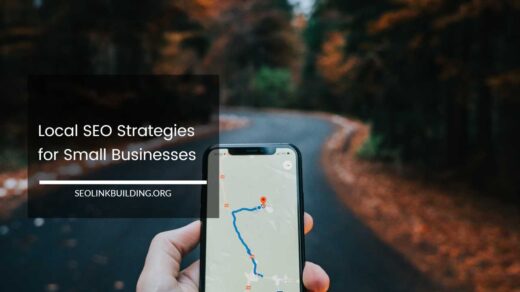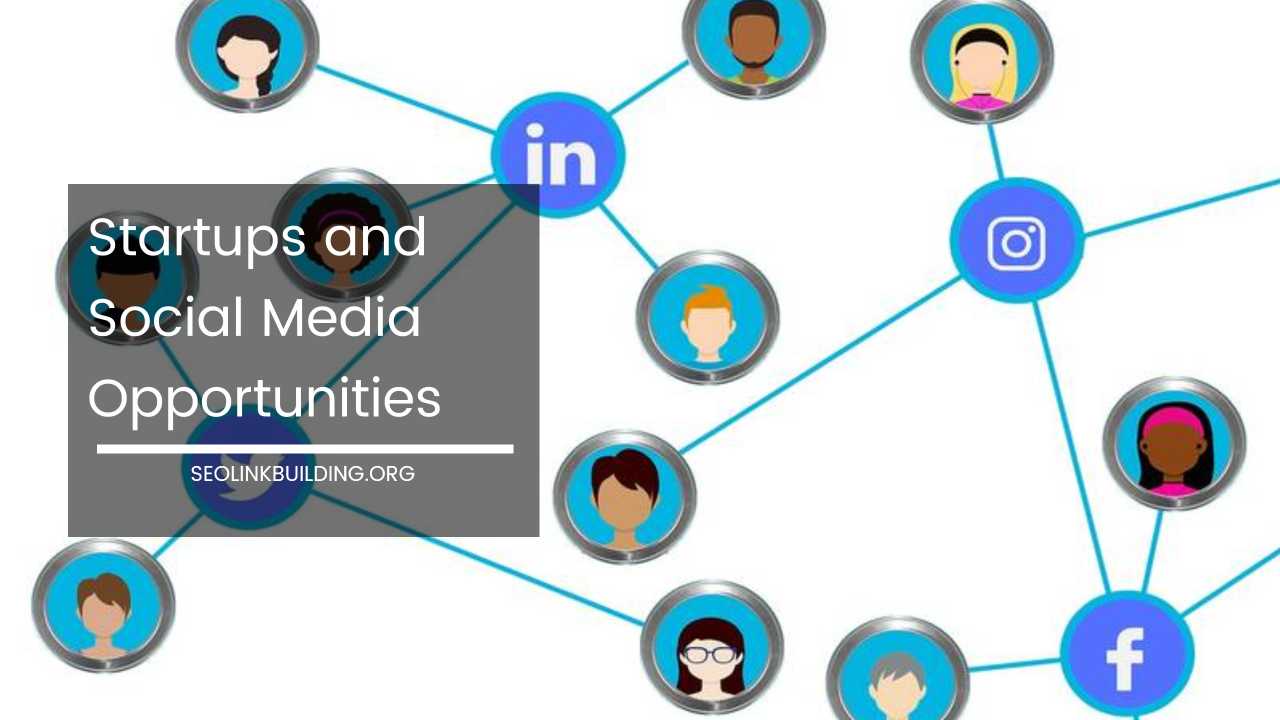Get More Customers and Generate Leads With Business Marketing

Get More Customers and Generate Leads With Business Marketing
In today’s digital age, competition is fierce, and customer acquisition is paramount for business success. This is where business marketing shines.
It’s the strategic orchestration of marketing techniques designed to cultivate interest in your products or services, ultimately transforming that interest into a loyal customer base.
This comprehensive guide delves into the world of business marketing, empowering you with the knowledge and tools to:
- Grasp the Lead Generation Funnel: We’ll explore the customer journey and how to attract, engage, and convert potential customers.
- Craft a Winning Marketing Strategy: Learn to define your target audience, set SMART goals, identify your USP, and choose the most effective marketing channels.
- Implement Powerful Tactics Across Various Channels: Discover a range of tactics for content marketing, social media marketing, email marketing, SEO, PPC advertising, and PR.
- Measure and Optimize Your Approach: Harness the power of marketing analytics and A/B testing to continuously improve your lead generation efforts.
The Lead Generation Funnel: A Customer Journey
Before diving into specific tactics, let’s understand the lead generation funnel. This funnel represents the various stages a potential customer goes through before becoming a paying client. Here’s a breakdown of the key stages:
- Awareness: At this stage, potential customers are unaware of your brand or that they have a specific need you address. Your goal is to raise brand awareness and educate them about the problem you solve.
- Interest: Here, potential customers have become aware of your brand and recognize they have a problem. Your objective is to pique their interest in your solution by showcasing your expertise and the value you offer.
- Consideration: Now, potential customers are actively researching solutions and comparing different options. Your marketing efforts should highlight your unique selling proposition (USP) and demonstrate why your product or service is the best choice.
- Decision: Potential customers are ready to make a purchase decision. Focus on providing compelling calls to action (CTAs), offering free trials or consultations, and addressing any remaining concerns.
- Action: The conversion! Potential customers become paying customers. Nurture this relationship by providing excellent customer service and ongoing value.
Crafting a Winning Business Marketing Strategy
With a clear understanding of the lead generation funnel, let’s move on to crafting a winning business marketing strategy.
-
Target Audience Definition: The foundation of your strategy is a deep understanding of your ideal customer. Conduct thorough market research to define their demographics, interests, pain points, and online behavior. Develop buyer personas – detailed profiles representing your ideal customers – to guide your marketing messaging and channel selection.
-
Setting SMART Goals: Clearly define your marketing goals using the SMART framework. Specific: What exactly do you want to achieve? (e.g., Increase qualified leads by 30%) Measurable: How will you track progress? (e.g., Track website leads captured) Attainable: Are your goals realistic? Relevant: Do your goals align with your business objectives? Time-bound: Set a specific timeframe for achieving your goals.
-
Identifying Your Unique Selling Proposition (USP): What makes your business stand out from the crowd? Identify your USP – the specific benefit or value proposition that sets you apart from competitors. This could be your innovative product features, exceptional customer service, or industry expertise.
-
Choosing Your Marketing Channels: There’s a vast array of marketing channels available, each with its strengths and weaknesses. Consider the following factors when choosing channels:
- Target Audience Behavior: Where does your ideal customer spend their time online or offline?
- Channel Strengths: What are the strengths and limitations of each channel?
- Budget: How much can you allocate to your marketing efforts?
Here’s a closer look at some popular marketing channels:
Content Marketing: Create informative and engaging content that educates your target audience about your industry, addresses their pain points, and showcases your expertise. This could include blog posts, articles, ebooks, infographics, videos, or podcasts. Content marketing is a powerful tool for attracting visitors to your website and establishing yourself as a thought leader.
Social Media Marketing: Leverage the power of social media platforms like Facebook, Instagram, LinkedIn, and Twitter to connect with potential customers, share your content, and build brand awareness.
Run targeted ads, participate in relevant conversations, and use social listening tools to understand your audience’s needs and preferences.
Email Marketing: Build an email list by offering valuable lead magnets like free consultations, discounts, or exclusive content in exchange for email addresses.
Segment your email list for targeted communication and nurture your leads with informative and engaging email content that pushes them further down the sales funnel. Offer valuable resources, personalized recommendations, and highlight customer success stories.
Search Engine Optimization (SEO): Optimize your website and content to rank higher in search engine results pages (SERPs) for relevant keywords.
This organic visibility attracts potential customers who are actively searching for solutions your business provides. Focus on creating high-quality content, optimizing website structure and page speed, and building backlinks from reputable websites.
Pay-Per-Click Advertising (PPC): Run targeted ads on search engines and social media platforms to reach a wider audience and drive traffic to your website or landing pages.
PPC allows for quick results and precise targeting based on demographics, interests, and online behavior. Develop compelling ad copy, optimize your landing pages for conversions, and monitor campaign performance to maximize return on investment (ROI).
Public Relations (PR): Generate positive media coverage through press releases, media outreach, and influencer marketing.
This builds brand credibility and trust, potentially leading to increased brand awareness and lead generation. Develop newsworthy content, identify relevant journalists and influencers, and build relationships with them.
Optimizing Your Marketing Efforts for Continuous Improvement
Marketing is an ongoing process, and it’s crucial to constantly analyze your results and optimize your approach for better performance. Here’s how to achieve this:
- Track Your Results: Utilize marketing analytics tools to measure the effectiveness of your campaigns. Track key metrics like website traffic, lead generation, conversion rates, customer acquisition costs (CAC), and return on investment (ROI). Tools like Google Analytics, social media insights dashboards, and email marketing analytics platforms provide valuable data to understand what’s working and what needs improvement.
- A/B Testing: Test different variations of your marketing materials, landing pages, email campaigns, and ad copy to see what resonates best with your audience. A/B testing involves presenting two or more versions of a marketing element to different audience segments and analyzing which version performs better. This allows for data-driven optimization of your marketing materials for improved results.
- Refine Your Strategy: Based on your data and insights from analytics and A/B testing, refine your marketing strategy and tactics. Allocate resources towards channels that deliver the best results and adjust your messaging based on audience preferences.
Final Word: Building a Sustainable Lead Generation Machine
By implementing a well-defined business marketing strategy and leveraging the tactics discussed above, you can attract new customers, generate high-quality leads, and ultimately achieve your business goals.
Remember, the key lies in understanding your target audience, creating valuable content that addresses their needs, and continuously optimizing your approach based on data and insights.
By consistently attracting, engaging, and converting potential customers, you can build a sustainable lead generation machine that fuels your business growth.
Bonus: Advanced Lead Generation Techniques
This guide has covered essential business marketing tactics. Here are some additional techniques to consider as you refine your lead generation strategy:
- Marketing Automation: Leverage marketing automation platforms to automate repetitive tasks such as email marketing campaigns, lead nurturing sequences, and social media posting. This frees up time and resources for you to focus on more strategic initiatives.
- Lead Scoring: Assign scores to leads based on their demographics, behavior, and engagement level. This helps you prioritize leads with the highest potential for conversion and allocate resources accordingly.
- Account-Based Marketing (ABM): For high-value customers, tailor your marketing efforts to specific accounts. This personalized approach can increase engagement and conversion rates.
- Retargeting: Utilize retargeting campaigns to reach website visitors who didn’t convert after their initial visit. This reminds them of your brand and encourages them to return to your website or complete a desired action.
- Conversational Marketing: Integrate chatbots or live chat features on your website to engage with website visitors in real-time. This personalized approach can answer questions, address concerns, and qualify leads while they’re actively browsing your website.
By incorporating these advanced techniques into your marketing strategy, you can further enhance your lead generation efforts and achieve even greater success.
Remember, business marketing is an ongoing journey of experimentation, adaptation, and continuous improvement.
By implementing the strategies and tactics outlined in this guide, you can attract high-quality leads, convert them into loyal customers, and drive sustainable growth for your business.













